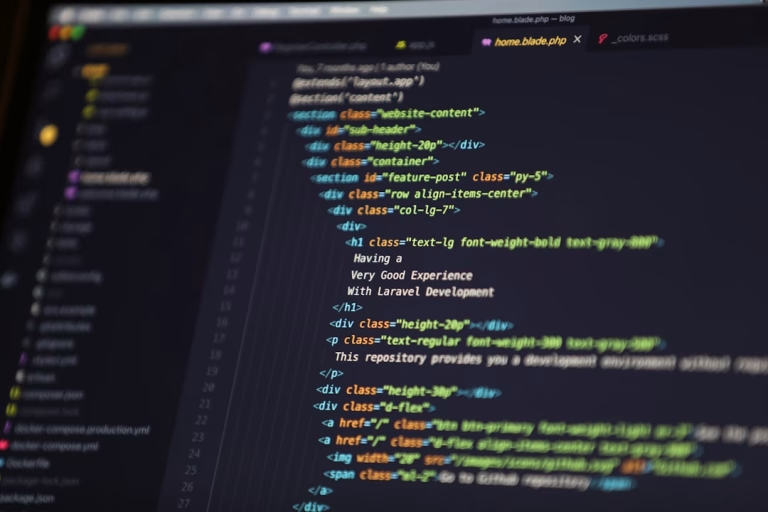A Closer Look at Joint Application Development
A Closer Look at Joint Application Development
In today’s digital galaxy, complex applications offer stellar solutions to our multifaceted needs. Building these applications to satin utmost user satisfaction calls for adopting strategic methodologies. This blog casts light on one such potent strategy – Joint Application Development (JAD). An advanced approach, JAD pivots on collaboration between stakeholders and developers to design a captivating application.
What is Joint Application Development?
In essence, Joint Application Development (JAD) is a participatory process enabling the sublime amalgamation of business area people and technologists to collectively design and develop software. This methodology encourages customer engagement and insights into the development process, thereby fostering superior results and greater satisfaction.
The History and Evolution of JAD
Joint Application Development was instigated in the late 1970s by IBM to refine the system requirements gathering process, and over time, it has evolved to cater to modern user-centric software design. Its evolution is marked with increased customer interaction, streamlined processes, and improved efficiency in rolling out applications relevant to the user’s needs.
Benefits of Joint Application Development
- Better Customer Engagement: JAD encourages active customer involvement, which leads to better understanding of expectations and agile feedback mechanisms.
- Improved Quality: Regular insights and feedback contribute to the creation of high-quality and need-centric software.
- Time and Cost Efficiency: By enabling a clear understanding of requirements from the beginning, JAD helps reduce development time and costs.
- Enhanced Communication: This method acts as a bridge between users and developers, ensuring seamless communication, which is vital for successful project completion.
Key Elements of Joint Application Development
The overall effectiveness of a JAD session primarily breaks down to four key components–Participants, Facilitator, Agenda, and Preparation.
- Participants: These include different stakeholders such as users, developers, and executives.
- Facilitator: This is an individual who conducts the session, catalyzing open communication and maintaining focus.
- Agenda: A detailed plan of the meeting’s progression to ensure optimal results.
- Preparation: This involves setting the meeting environment, sending out invitations, clarifying goals, etc.
Conclusion
In a rapidly evolving technology landscape, forward-thinking methodologies like Joint Application Development promise an increase in both efficiency and satisfaction. However, successful implementation of JAD calls for a robust understanding of its principles, practices, and potential pitfalls.






